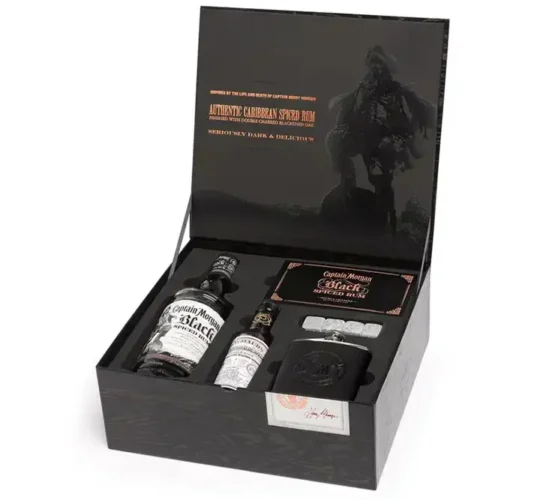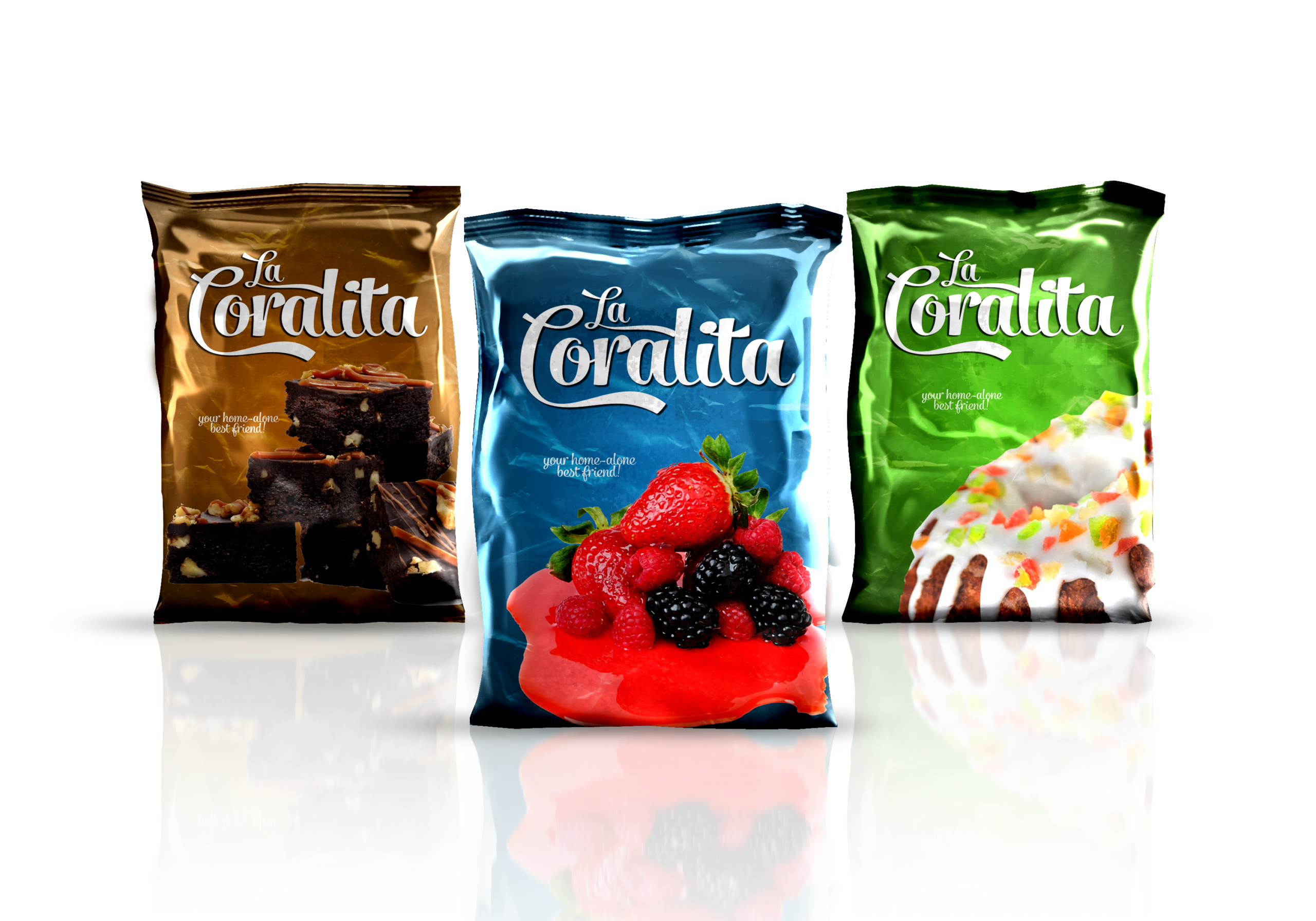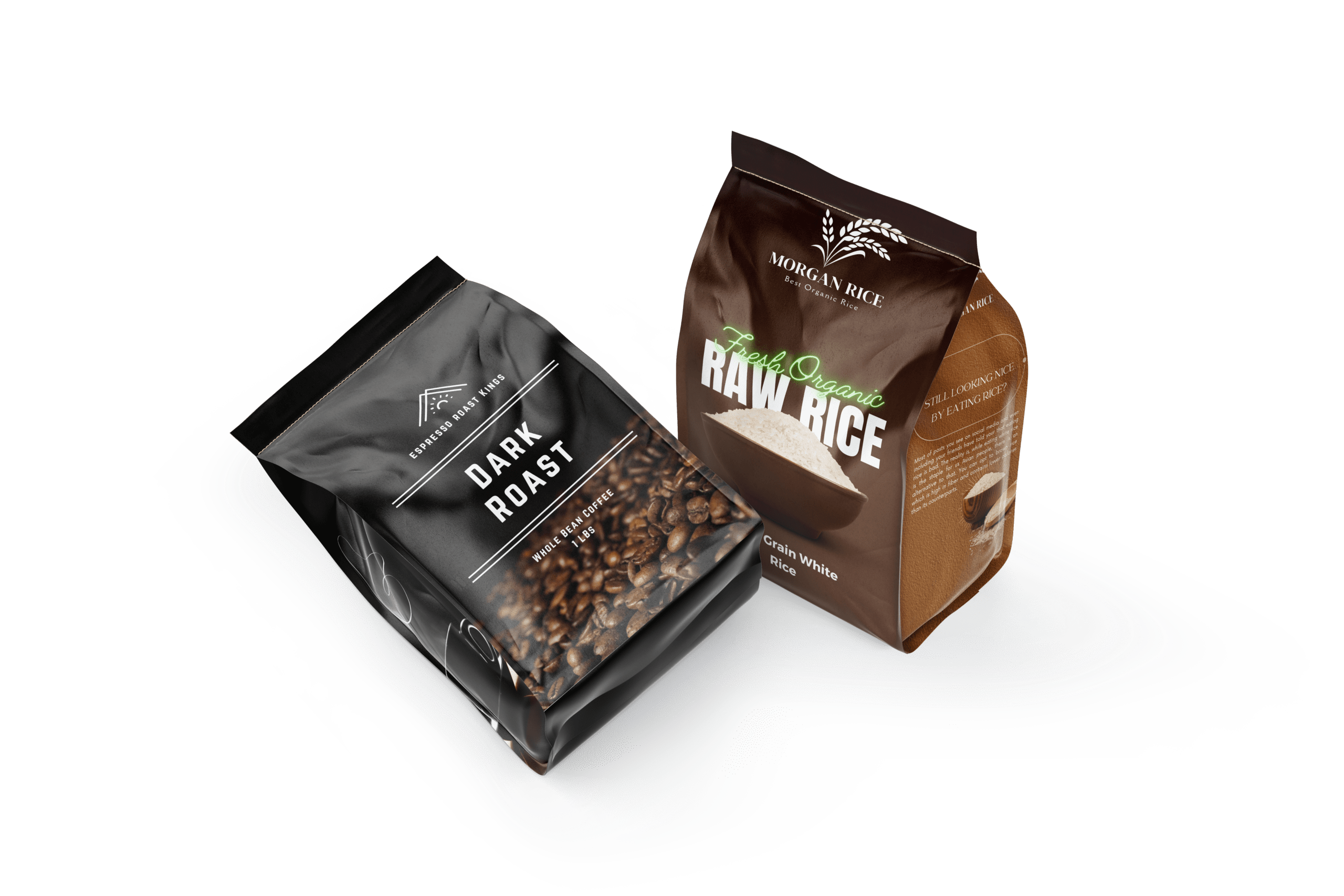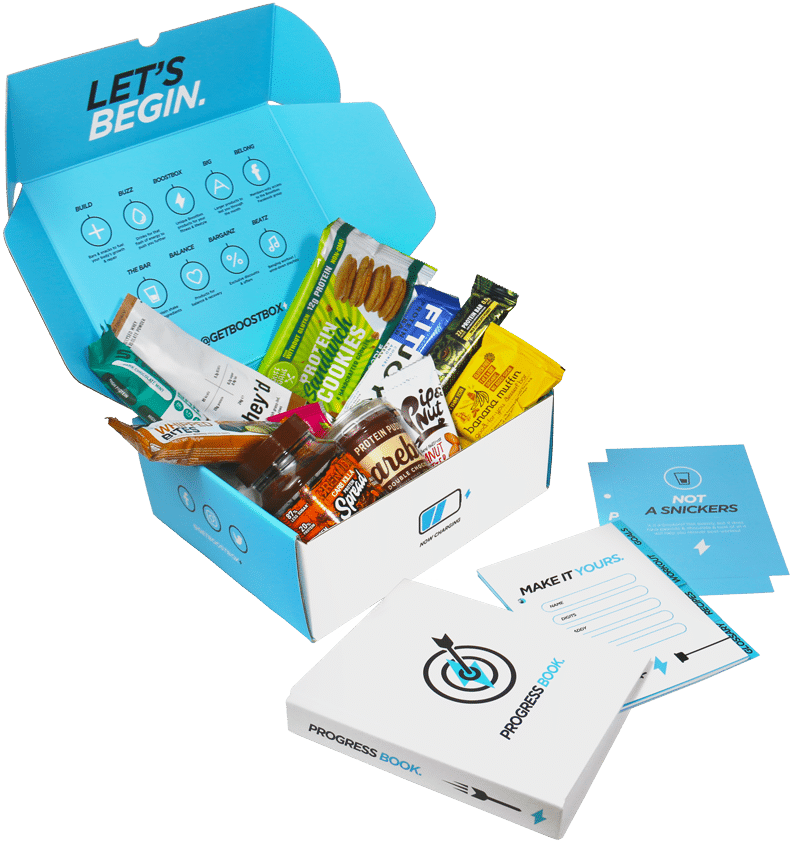
Improve Packaging with Consumer Feedback
Your customers are constantly giving you clues—through reviews, support tickets, returns, and
Home » Archives for brownpackaging » Page 7

Your customers are constantly giving you clues—through reviews, support tickets, returns, and

A great packaging supplier can do more than just deliver boxes or

Packaging prices don’t always stay still. Whether due to raw material costs,

When most buyers think of packaging design, they picture logos, colors, and

Rigid boxes are the premium standard in packaging—perfect for luxury products, high-end

Rigid boxes are known for their durability, structure, and high-end feel—but what

When it comes to maximizing shelf space and capturing buyer attention, few

Multi-SKU product lines offer variety, but when it comes to packaging, they

Custom pouch packaging is one of the most flexible, lightweight, and brand-forward

Packaging isn’t just a box or a bag—it’s a line item on
With new tariff proposals and continued trade uncertainty, 2026 is shaping up to be another pivotal year for packaging sourcing strategy. Many companies that shifted
Following multiple rounds of tariff changes and trade policy adjustments, 2026 marks a turning point for U.S. packaging buyers. Many who previously transitioned from China
Shifting packaging production from China to the U.S. can help stabilize costs, reduce tariff exposure, and shorten lead times. But the transition process requires careful
RSC boxes are known for their efficiency and versatility, but their performance ultimately comes down to strength. Buyers often see numbers like ECT, BCT, and
In packaging, foam isn’t just about initial protection — it’s about maintaining performance over the entire shipping or storage cycle. Compression set and recovery characteristics
Pouches are a go-to for flexibility and convenience, but they can fail in critical ways—from poor seals to punctures and delamination—that hurt performance and brand